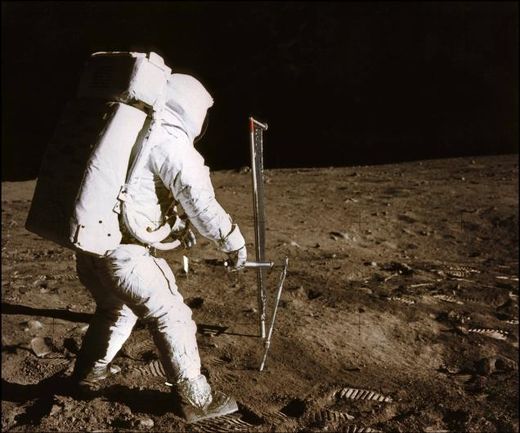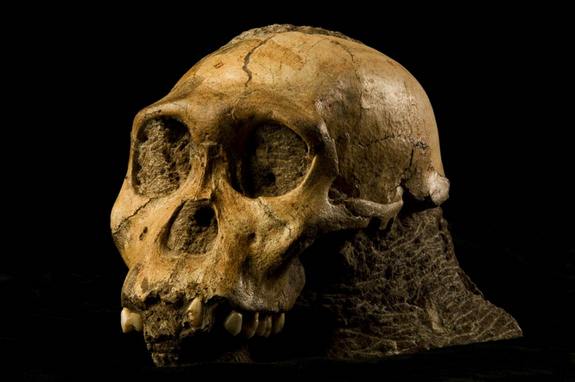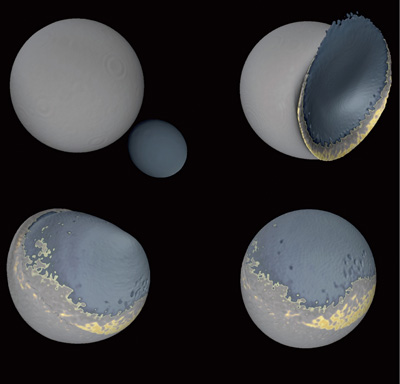
© Live ScienceA depiction of the black death from a 15th century Bible.
The Black Death arrived in London in the fall of 1348, and although the worst passed in less than a year, the disease took a catastrophic toll. An emergency cemetery in East Smithfield received more than 200 bodies a day between the following February and April, in addition to bodies buried in other graveyards, according to a report from the time.
The disease that killed Londoners buried in East Smithfield and at least one of three Europeans within a few years time is commonly believed to be
bubonic plague, a bacterial infection marked by painful, feverish, swollen lymph nodes, called buboes. Plague is still with us in many parts of the world, although now antibiotics can halt its course.
But did this disease really cause the Black Death? The story behind this near-apocalypse in 14th century Europe is not clear-cut, since what we know about modern plague in many ways does not match with what we know about the Black Death. And if plague isn't responsible for the Black Death, scientists wonder what could've caused the sweeping massacre and whether that killer is still lurking somewhere.
Now, a new study using bone and teeth taken from East Smithfield adds to mounting evidence exhumed from Black Death graves and tantalizes skeptics with hints at the true nature of the disease that wiped out more than a third of Europeans 650 years ago.
This team of researchers approached the topic with open minds when they began looking for genetic evidence of the killer.
"Essentially by looking at the literature on the Black Death there were several candidates for what could have been the cause," said Sharon DeWitte, one of the researchers who is now an assistant professor of anthropology at the University of South Carolina.
Their first suspect:
Yersinia pestis, the bacterium that causes modern plague, including bubonic plague.












Comment: For more information about the Black Death's epidemiology and its possible causative agents see Return of the Black Death: The World's Greatest Serial Killer by Susan Scott & Christopher Duncan and New Light on the Black Death: The Viral and Cosmic Connection .